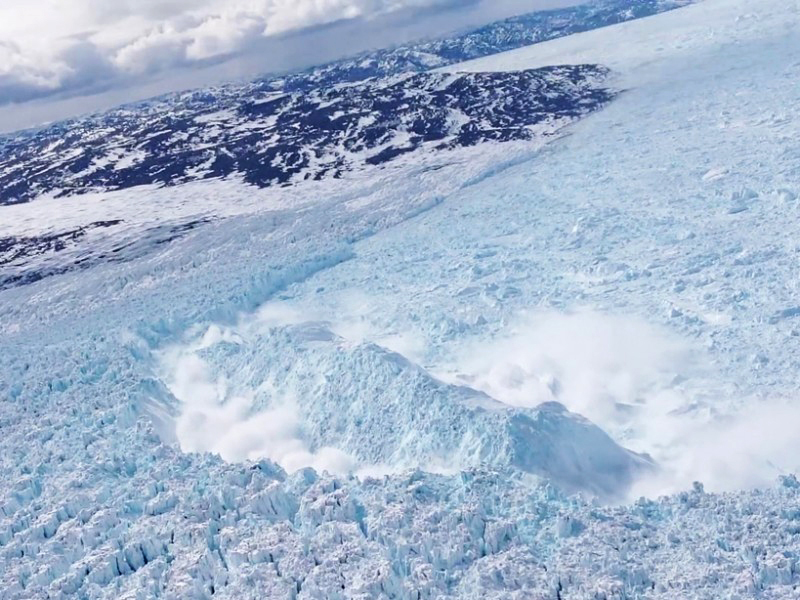Glacial earthquakes in Greenland trace the history of polar cap mass loss
Rising temperatures in recent decades have accelerated the melting of the polar ice caps. By discharging ice in the form of meltwater or icebergs into the ocean, coastal glaciers in the Arctic and Antarctic are contributing to rising sea levels.

Latest news








